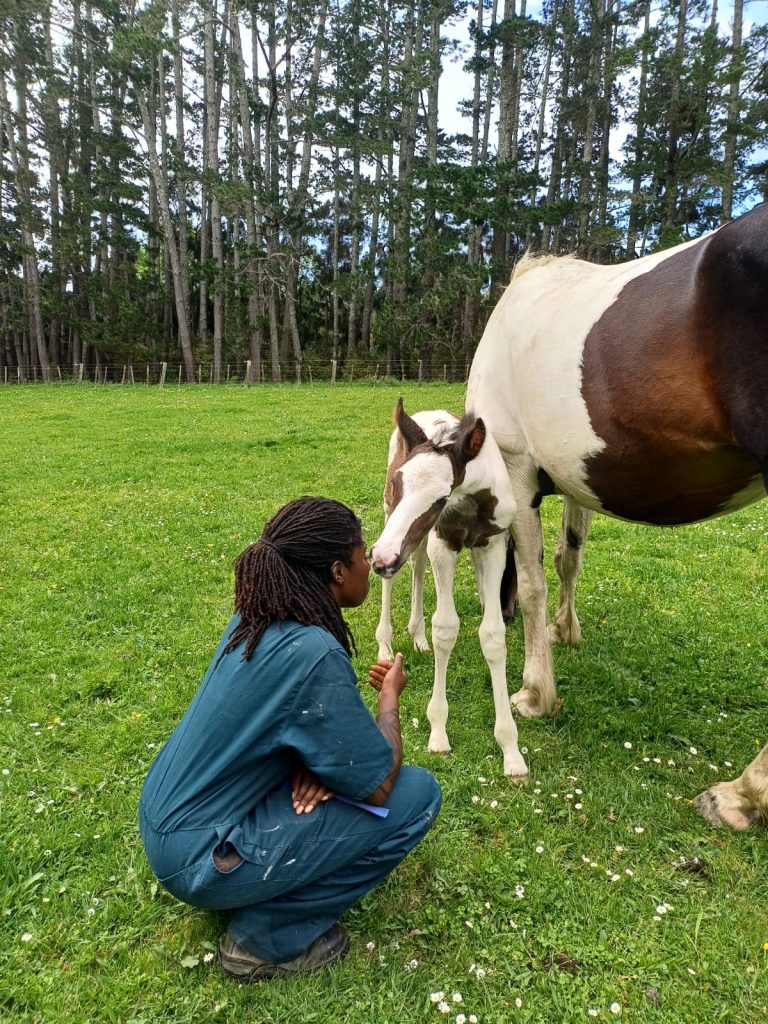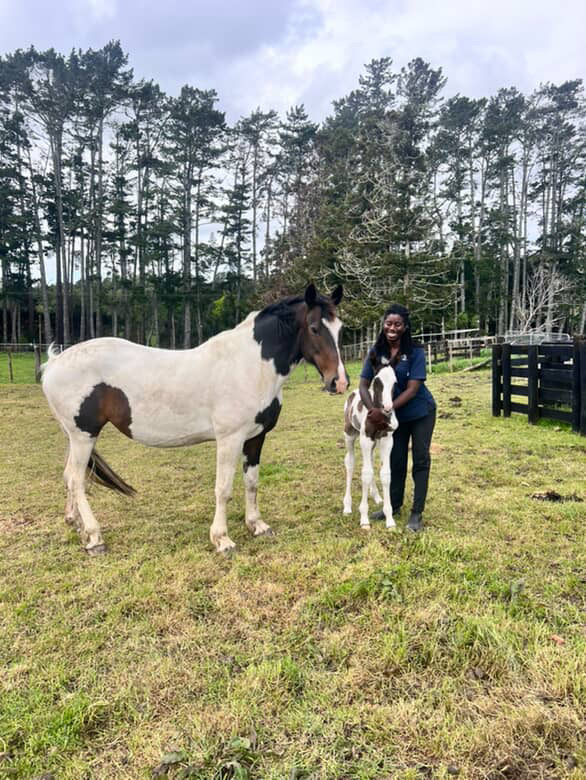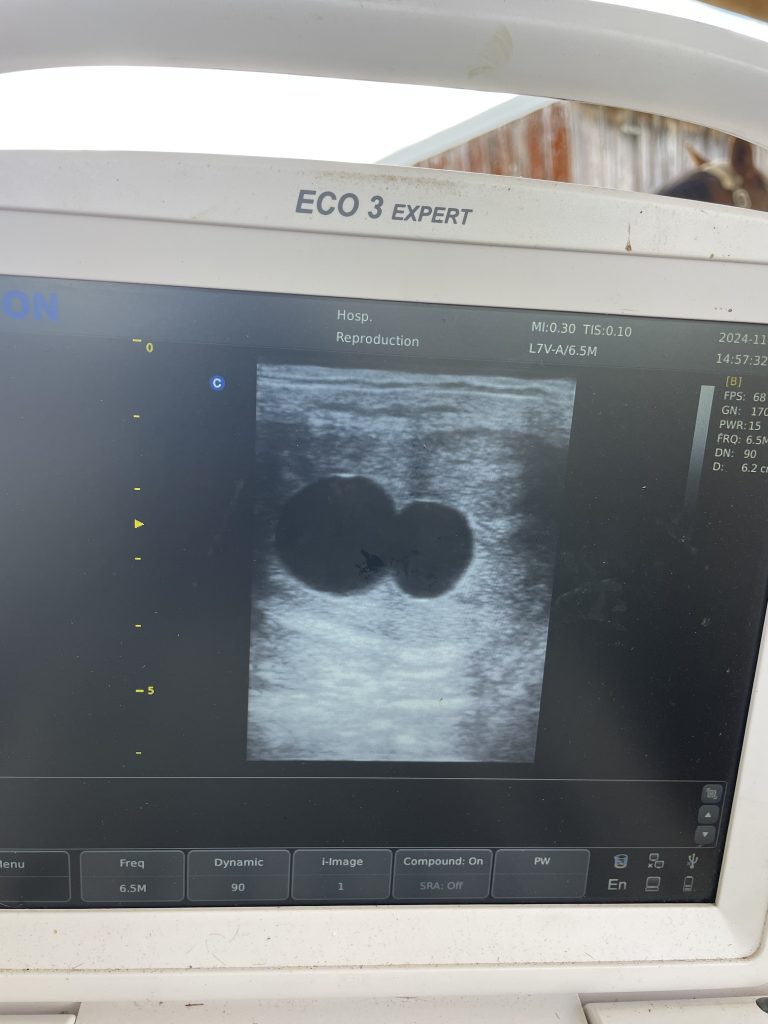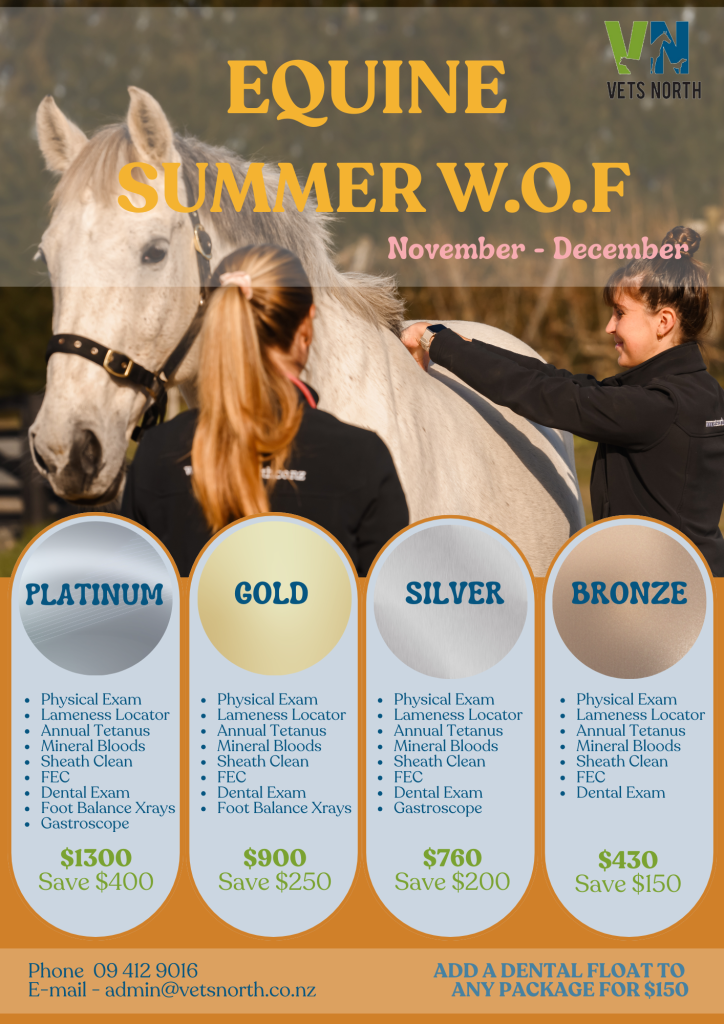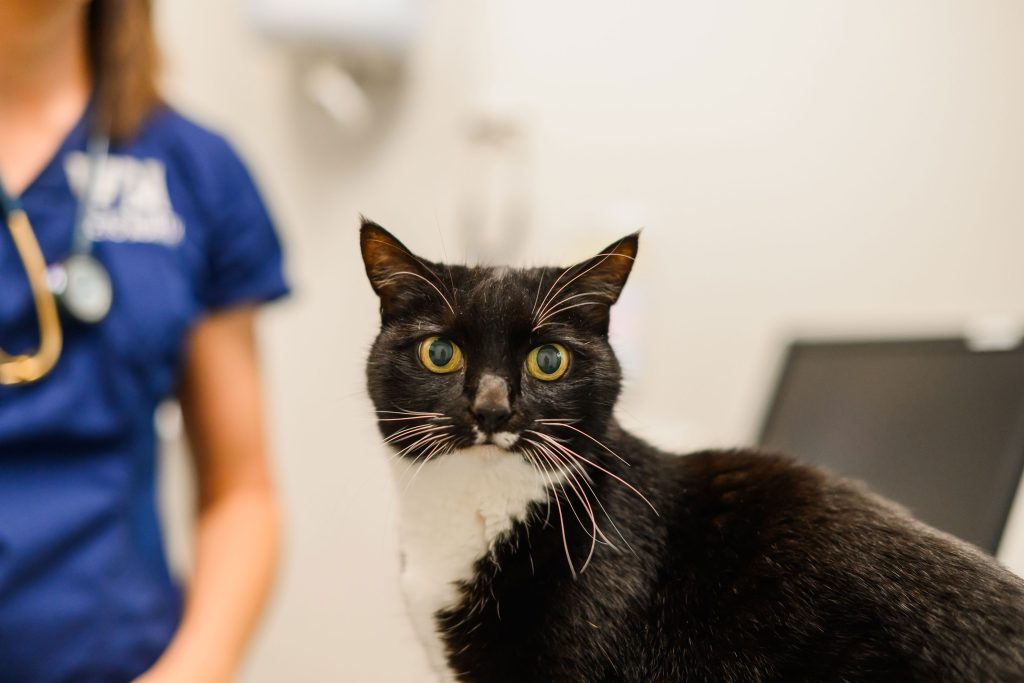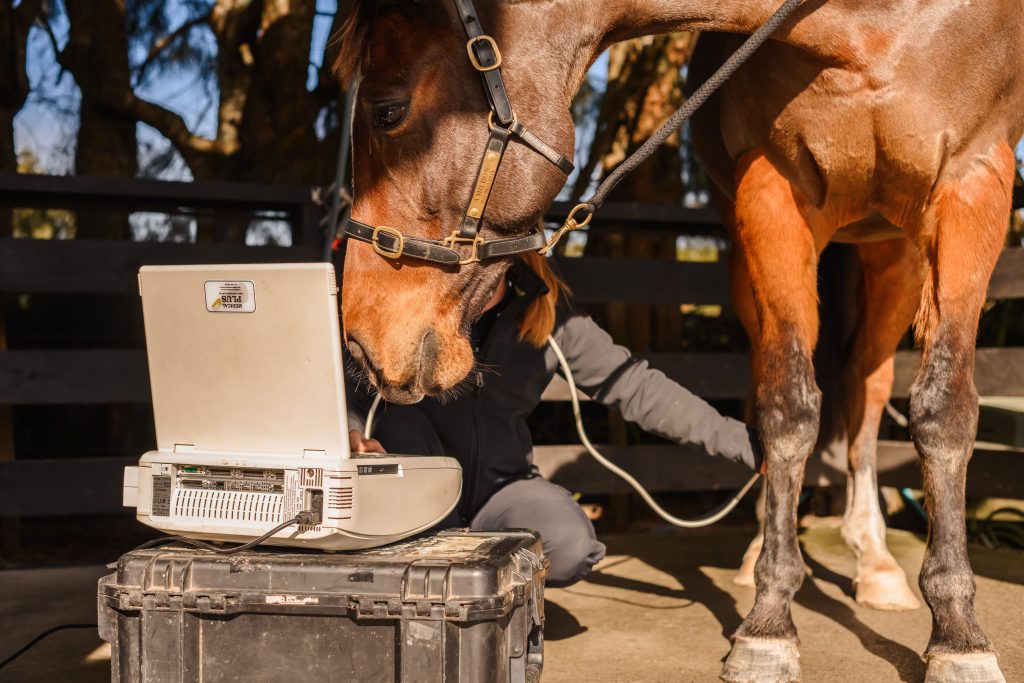It’s that time of the year again when the fizz pop bang of fireworks can be a source of joy for many humans, but a source of fear and anxiety for our furry friends.
Helping Your Pet Stay Calm During Scary Seasons
Halloween, Guy Fawkes, and holiday time are full of fun for us — but for many pets the fizz, pop and bang of fireworks, and strange costumes, new smells and decorations, or being away at a kennel or cattery can all make our furry friends feel anxious.
The good news is there’s a lot you can do to help them feel safe and calm.
How to Tell if Your Pet’s Feeling Anxious
Anxiety doesn’t always look the same — some pets get jumpy, while others shut down.
Here are a few things to watch for:
Dogs might:
Tremble, pant, or pace
Bark or whine more than usual
Hide or try to escape
Lose interest in food
Have wee or poo accidents inside
Cats might:
Hide under the bed or in cupboards
Meow more, or go unusually quiet
Lick themselves too much (overgrooming)
Stop eating or using the litter box, or wee or poo outside the litter box
Act grumpy or lash out
If you notice any of these, it’s your pet’s way of saying, “I’m not okay right now.”
Simple Things You Can Do at Home
A few small changes can make a big difference:
Set up a safe zone:
Pick a quiet room with their favourite blanket, toys, and water. Close the curtains and pop some soft music or white noise on to help cover the bangs and crackles.
Stay calm yourself:
Your pet looks to you for reassurance. Speak gently, move slowly, and keep things as normal as possible.
Stick to routine:
Regular mealtimes and walks help pets feel secure, even when things outside get noisy or busy. However on evenings like Guy Fawkes night or New Year’s Eve when you know fireworks are likely, it may be a good idea to take your pet for a walk before it gets dark so they are less likely to get spooked by sudden bangs when out and about.
Get them used to noises:
In the weeks before fireworks season, you can play quiet recordings of fireworks or thunder and reward calm behaviour. It helps them learn those sounds aren’t scary. Check out the Sounds Scary desensitisation guide here https://www.dogstrust.org.uk/dog-advice/understanding-your-dog/sound-therapy-for-pets Please be sure to read the guidance before playing the sound tracks as they contain loud noises and you need to follow the step by step plan to help your pet get acclimatised.
Keep them secure: Ensure cat flaps are closed and dogs are secure in your home as sometimes pets can bolt if very frightened and would be at risk of getting lost or injured by traffic.
If they’re boarding:
Bring along their own blanket or toy so they’ve got a comforting familiar smell. Try a short “practice stay” if it’s their first time at the kennel or cattery.
Gentle Calming Aids You Can Try
Some over-the-counter options can help take the edge off mild anxiety:
Pheromone products like Adaptil (for dogs) and Feliway (for cats) release natural calming scents.
Anxiety wraps or ThunderShirts give comforting, gentle pressure.
Calming supplements with ingredients like L-tryptophan, L-theanine, or casein can help some pets relax such as Calmex or Pro Plan Calming Care and Calm & Relax Chews.
It’s best to start these a few days before things get loud — not on the night itself.
When to Chat with The Vet
If your pet really struggles — or you’re not sure what’s best — your vet can help.
We can:
- Rule out any health problems that might make things worse.
- Recommend short-term calming medications or mild sedatives for firework nights or travel.
- Create a longer-term plan for pets with ongoing anxiety.
Every pet is different, and there’s no one-size-fits-all fix. We’ll work with you to find the right approach.
A Little Planning Goes a Long Way
These celebrations come around every year, so planning ahead makes all the difference.
With a safe space, calm routine, and the right support, your pet can get through the spooky season — and you’ll both enjoy a more peaceful time together.
If your furry friend gets anxious during fireworks or boarding, book a chat with our team before things get noisy — we’re here to help keep tails wagging and whiskers relaxed.

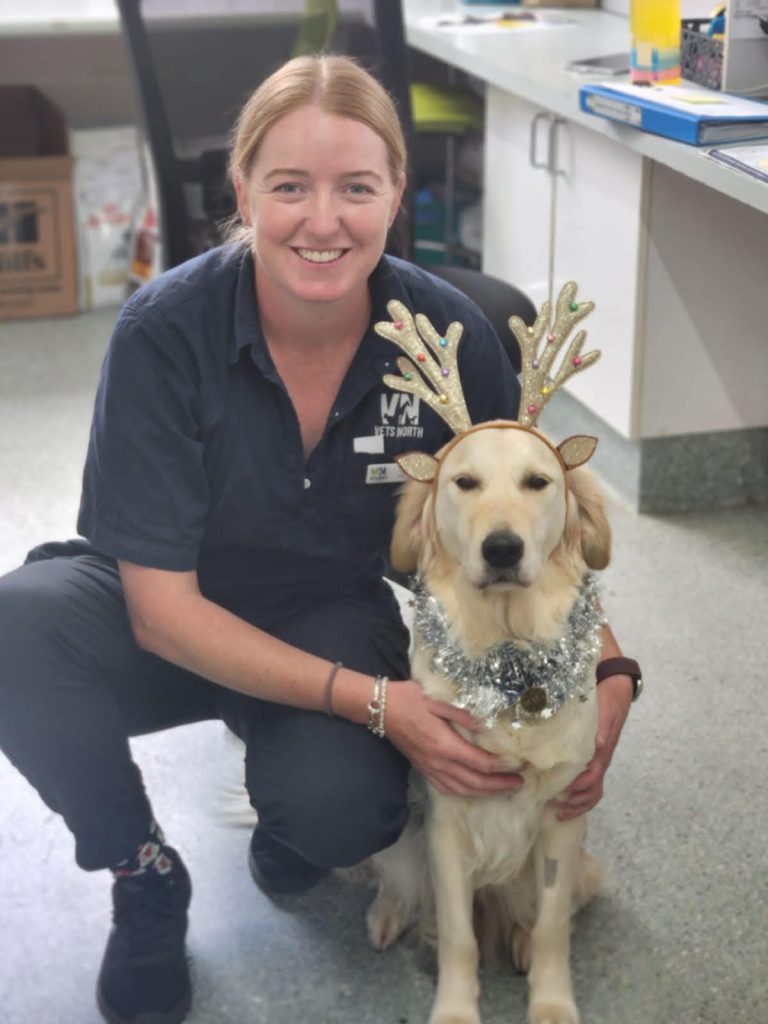

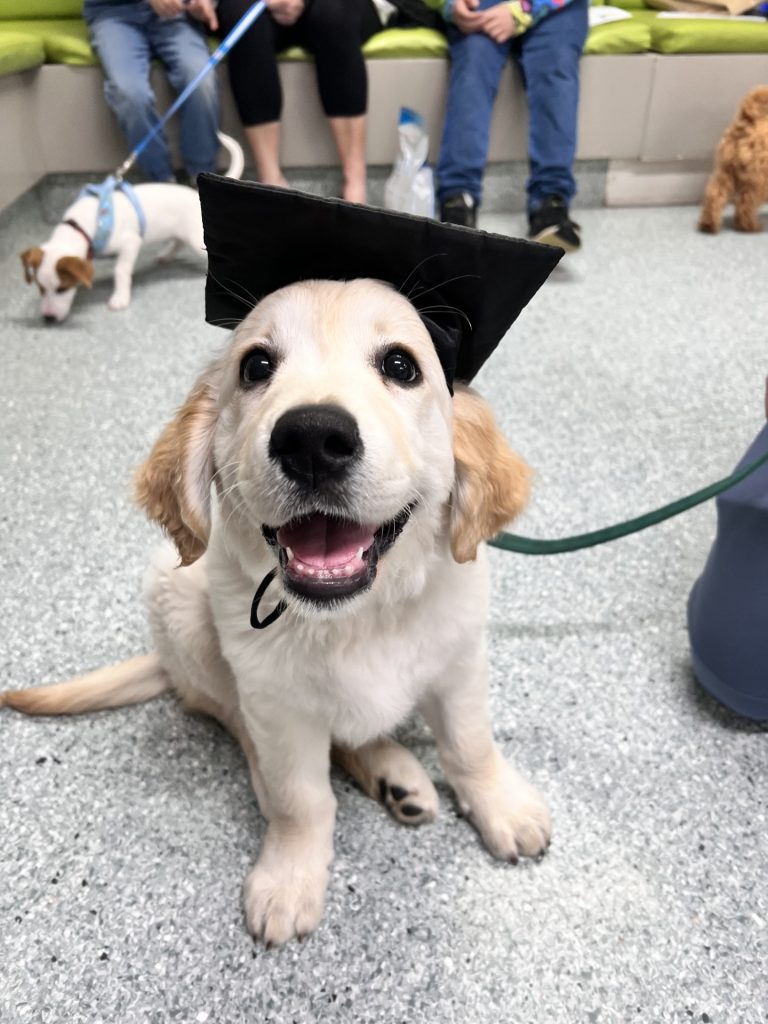
 The Vets North Difference: Compassion and Confidence
The Vets North Difference: Compassion and Confidence